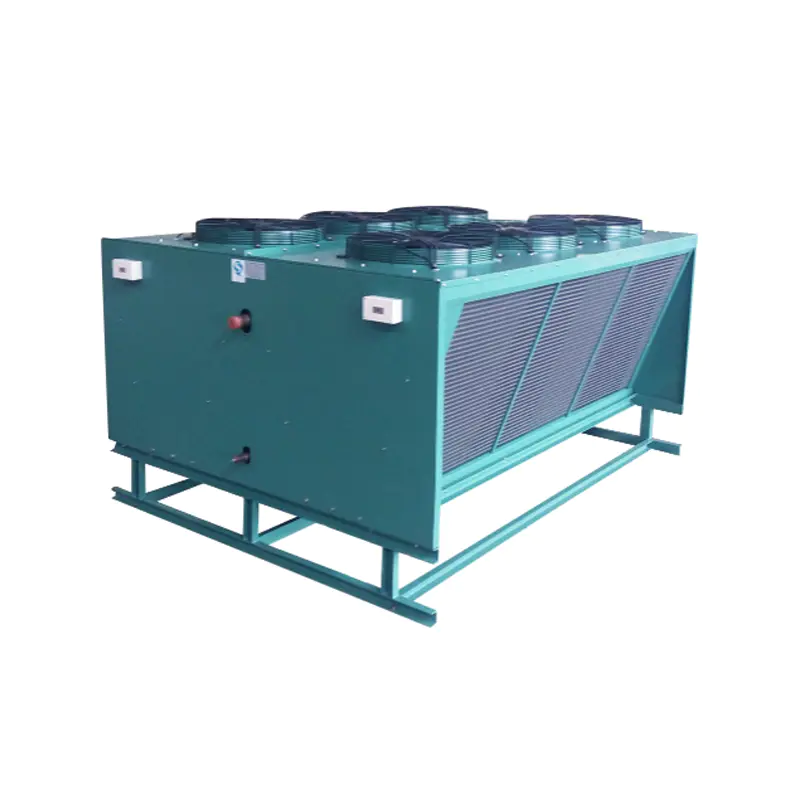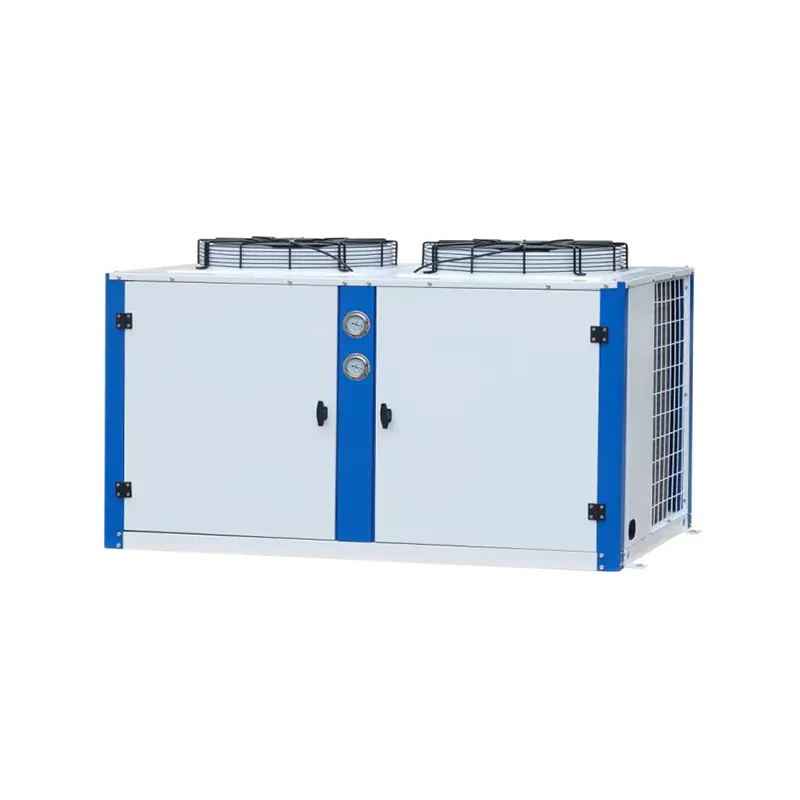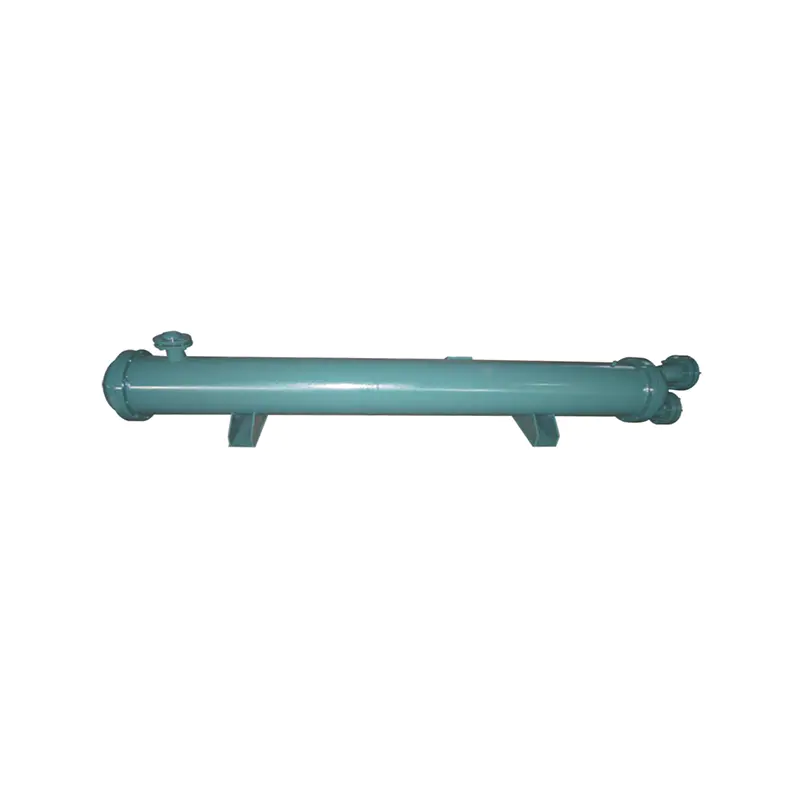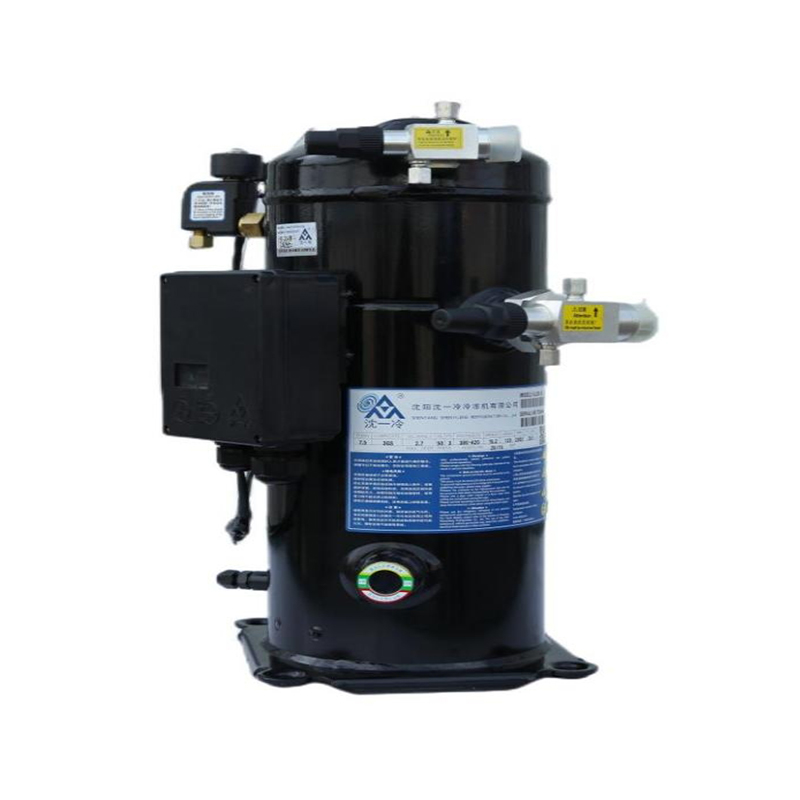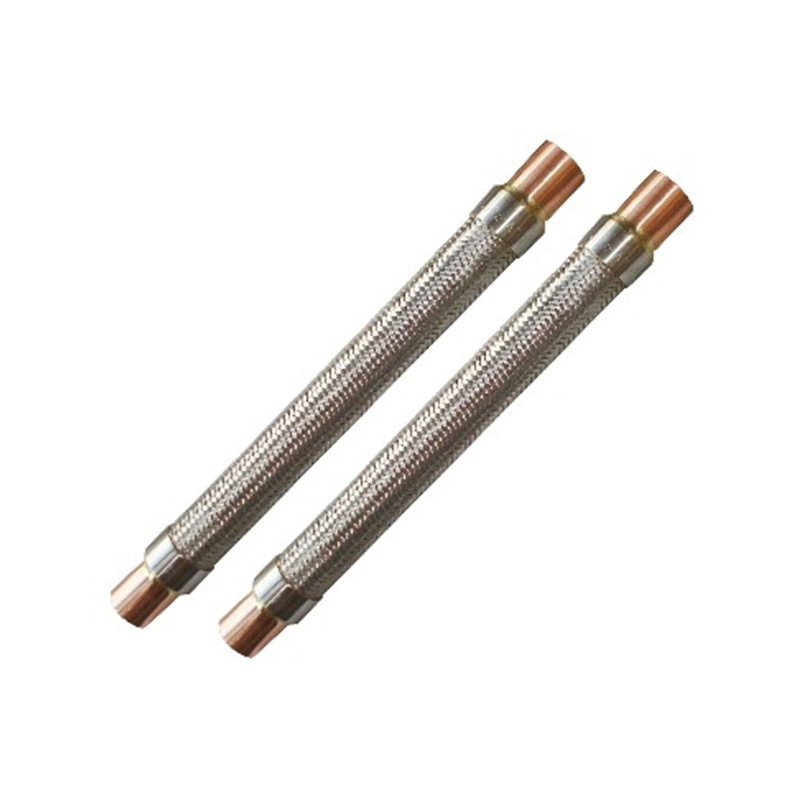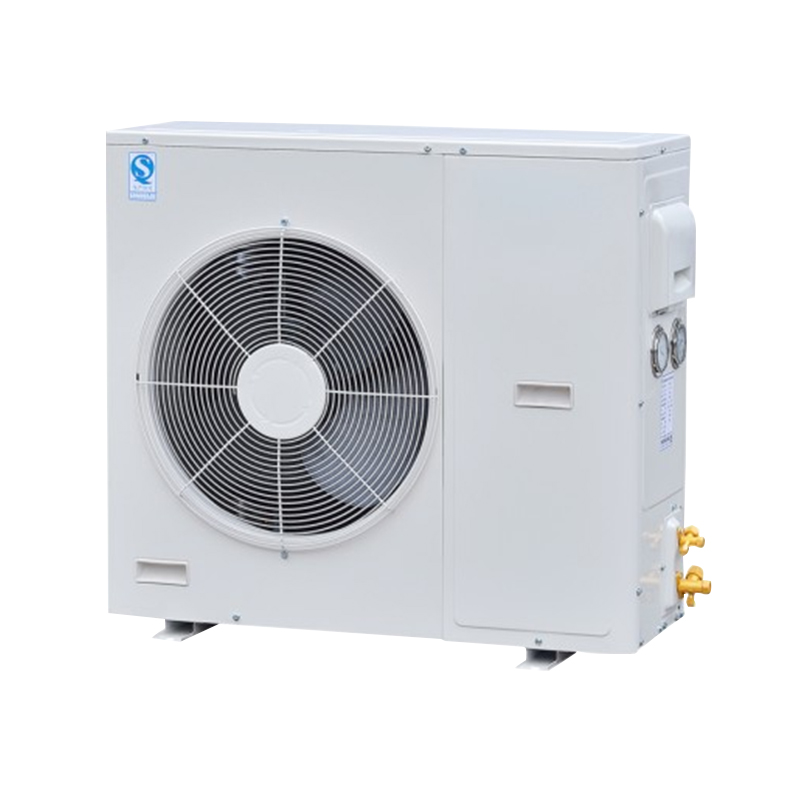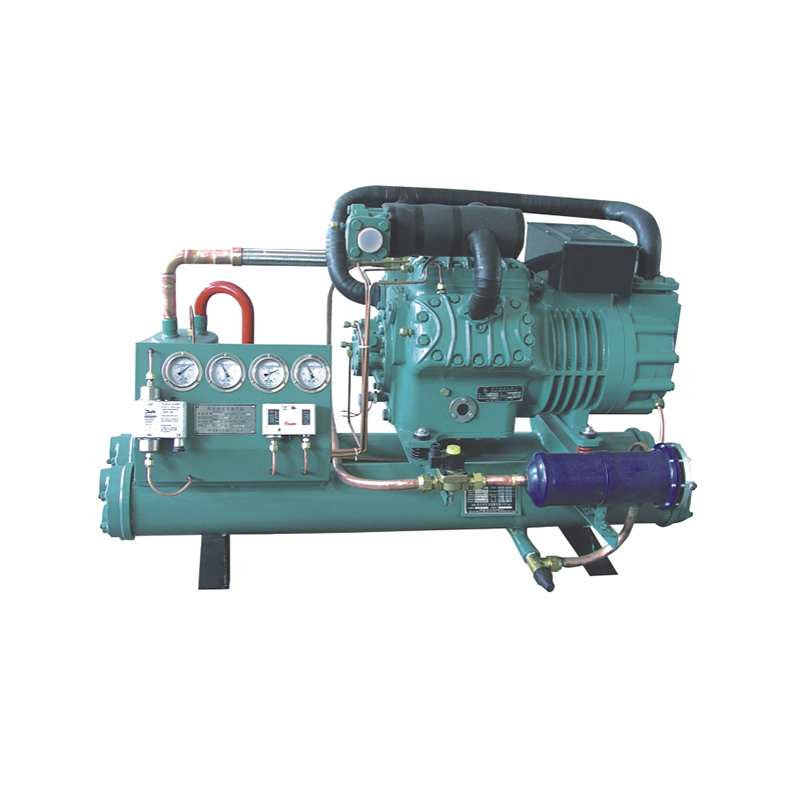1. Significant decrease in cooling performance
The air conditioner's outlet temperature is close to normal, or even "hot." This is often due to poor heat dissipation in the condenser, preventing the refrigerant from fully condensing on the high-pressure side.
2. Visual Inspection: Oil Leakage, Deformation, or Damage
Oil stains, scratches, or punctures on the condenser surface indicate a refrigerant leak. Leaks are often accompanied by oil stains because the refrigerant contains lubricants.
3. Abnormal Noise or Vibration
If the condenser is clogged or the piping is damaged, the fan or refrigerant flow may produce a hissing or metallic clanking sound.
4. Air Pressure Test
A leak test (2.0–2.4 MPa) is performed to check for abnormal pressure. Low or rapidly decreasing pressure is direct evidence of a leak.
What is the difference between a compressor and a condenser?
Differences between a compressor and a condenser
1. Core Function
The compressor's main task is to compress low-pressure, low-temperature refrigerant vapor into high-pressure, high-temperature gas, providing power to the entire refrigeration system. The condenser dissipates the heat from the high-pressure, high-temperature gas generated by the compressor, condensing it into a medium-temperature, high-pressure liquid, thereby releasing the heat.
2. Operating Conditions
The compressor operates in a high-pressure, high-temperature environment and is responsible for increasing the energy content of the refrigerant.
The condenser, located after the compressor, receives the high-pressure, high-temperature gas and cools it, transferring the heat to the air or water medium, transforming the refrigerant into a liquid.
3. Structural Materials
The compressor typically utilizes a high-pressure-resistant metal casing, equipped with pistons, screws, and other components, emphasizing strength and sealing.
The condenser typically uses pipes and heat sinks made of highly thermally conductive materials such as copper and aluminum, focusing on improving heat dissipation efficiency.
4. Position in the System
The compressor is located in the compression stage of the refrigeration cycle, connecting the high-pressure inlet between the evaporator and condenser.
The condenser, located immediately after the compressor, is located at the high-pressure outlet and is responsible for dissipating heat to the external environment.
